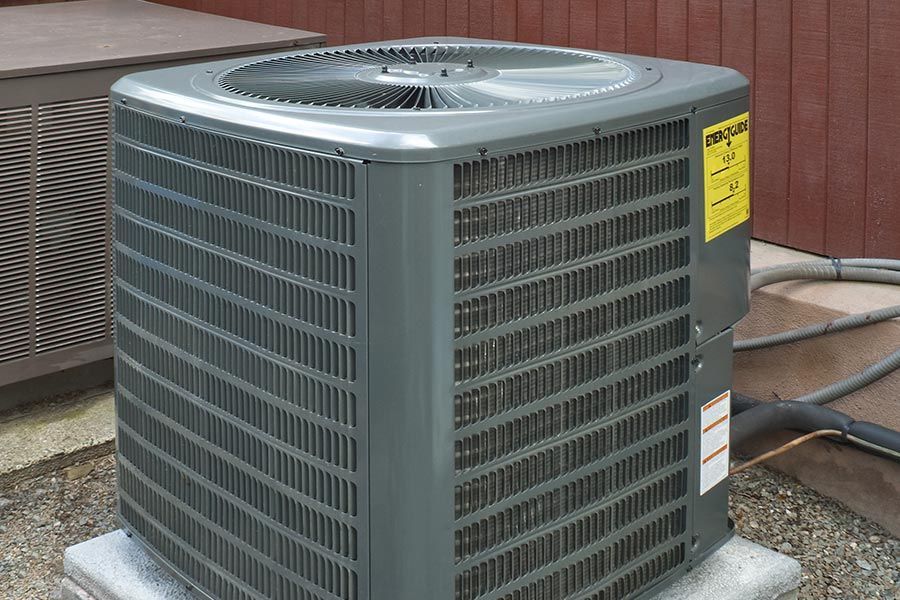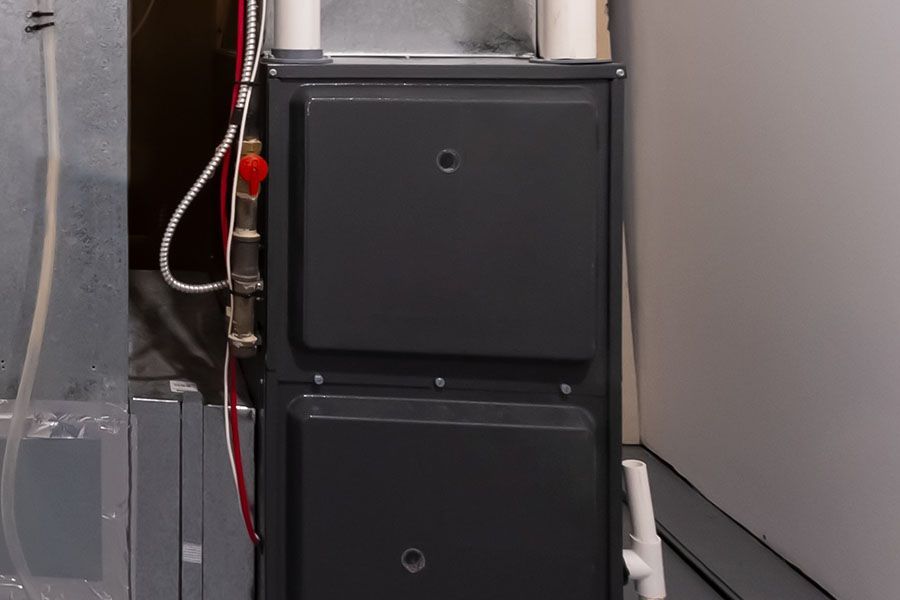Here's How to Avoid Circuit Overload
Do you experience frequent power outages from outdated wiring systems or an electrical circuit overload? Using appliances that require too much energy increases the risk of overloading your home’s dedicated circuits and losing power capacity. It also means you may have to replace entire circuits in your home and the appliances that blow or short as the system gives up.
Fortunately, there are ways to avoid electrical circuit overload. For example, a professional house electrical inspection can easily assess the circuits in your home and make simple changes to ensure you avoid this problem.
Read on to learn four ways to ensure your property enjoys a perfectly balanced electrical circuit, from replacing your appliances to rewiring your home’s connections.
#1 Inspect All Wiring In Your Home for Damage
Damaged wiring is a major safety hazard that many people don't even know exists inside their homes. For example, frayed wires are a common occurrence if the appliances are old or you have had rodent issues in the past. Pets that chew cables also create a hazard, exposing the inner copper of the wiring and increasing the risk of electrocution and electrical fires.
An inspector will go through your home and dispose of any damaged wires. This may involve removing an entire appliance and replacing it with a new one. While this can be costly, it keeps your home safe and
reduces energy use in the long run, so keep an open mind.
#2 Learn How Much Power You're Using and Adjust Accordingly
How often do you look at the wattage of an appliance before buying it? Most people only consider this when buying large home appliances but not smaller products.
If something causes a power outage throughout your entire home, you could have overloaded your electrical circuits on the property. When the electrical load in your home is too large for the circuit breaker to handle, it cuts power. To reduce the risk of circuit overload, you need to know the wattage of all the appliances in your home, big and small.
You can find the wattage of an appliance by checking for a label with "watts, amps, or volts" on it and a numerical amount. For example, a microwave may have a label on the back motor that reads, "1000 watts."
Taking inventory of the appliances in your house and the energy they use helps you in this next step: unplugging anything that uses too much electricity. Many people keep things like televisions, computers, and kitchen appliances plugged in even when they're not in use. These are high-energy items that still use energy even when they're in standby mode, so it pays to unplug them whenever you can.
#3 Invest In Appliances That Save Energy
What does a circuit overload mean for a home that’s trying to lower its carbon footprint? Your circuit breaker acts as the control center of your entire house and includes a series of switches and wires attached to a rectangular panel. All of the power your home uses runs through this system, so if you’re trying to reduce your usage, you could use your circuit’s capacity to identify where you can cut down.
With the concerted effort to go green, countless manufacturers now produce energy-saving products. Once you’re on top of your circuit, why not try swapping out your high-energy appliances with newer models that operate at a lower wattage?
#4 Look Into Rewiring
Circuit breakers are typically in the basement, garage, or another area you don't spend a lot of time in. When something in your home isn't working properly, you may find yourself running to the circuit breaker to flip the appropriate switch and give it a little "reset." However, if you have an older home, rewiring is often the best course of action.
How much power can a circuit breaker handle? That usually depends on the age of your home. Architects couldn't predict the amount of appliances modern life would require, so the circuits in most older homes aren’t sufficient.
Rewiring your home is a major investment, but it leads to lower energy use and reduced energy bills later on. About 20 amps handle 2,400 watts without the circuit breaker tripping.
Is Your Home Experiencing Circuit Overload? Professional Services Has The Solution
Do you have a
bad circuit breaker, or is it a circuit overload issue? Find out when you contact the team at Professional Services! We'll restore your home's electrical systems and get your appliances back up and running in no time.
Call Professional Services at 262-214-5548 today to request a service.












